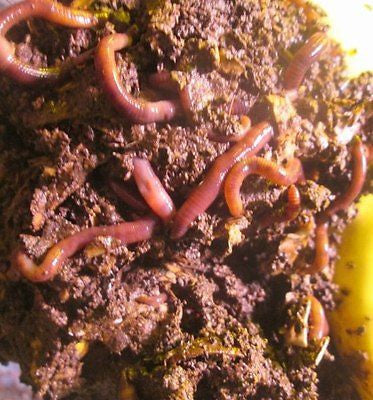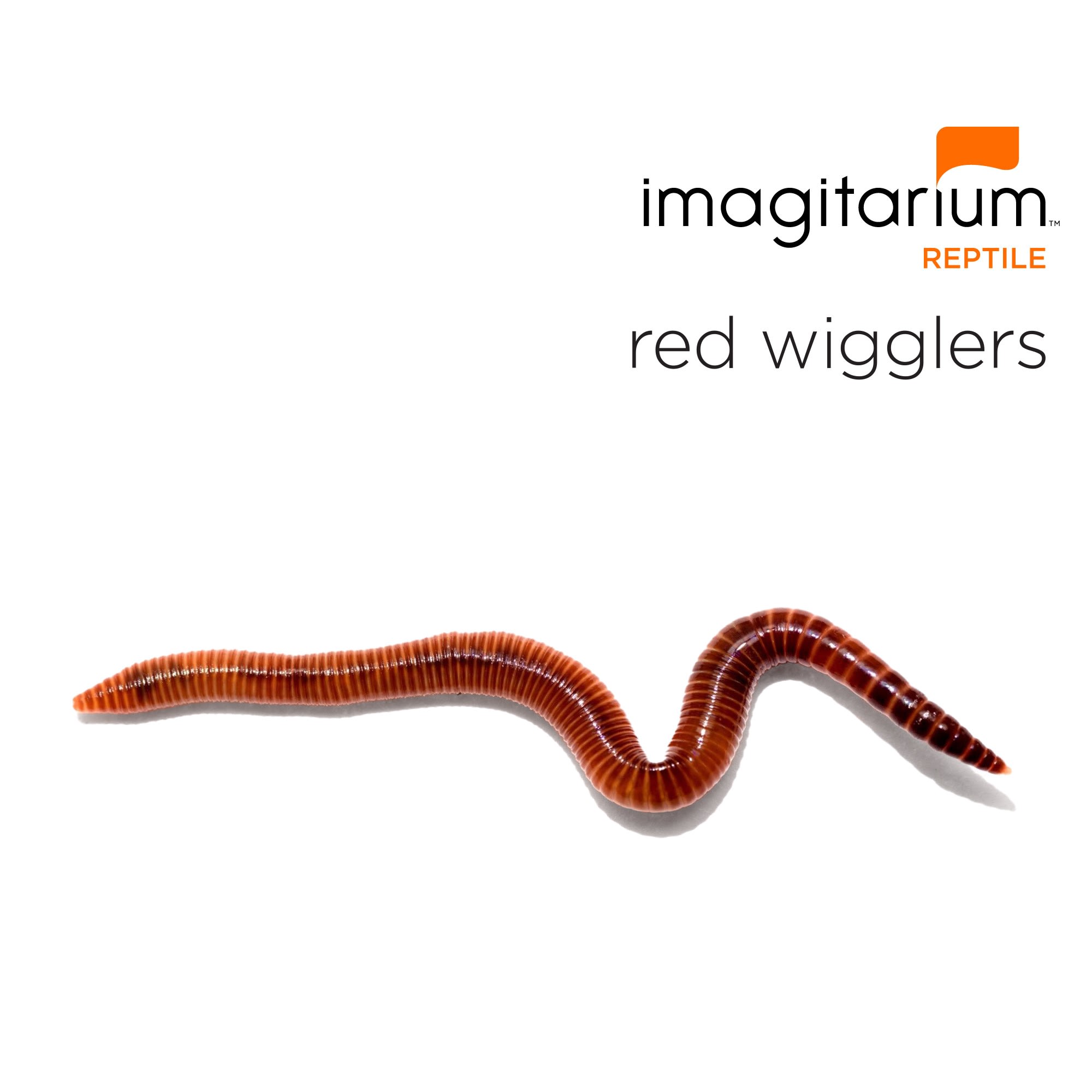A Biased View of Red Wiggler Express
A Biased View of Red Wiggler Express
Blog Article
The Best Guide To Red Wiggler Express
Table of ContentsThe 30-Second Trick For Red Wiggler ExpressRed Wiggler Express for BeginnersThe Only Guide to Red Wiggler ExpressThe Main Principles Of Red Wiggler Express Red Wiggler Express for Dummies
Some worm farmers in fact withhold food and water to imitate drought problems and bump up cocoon manufacturing. We don't suggest this for the home composter as it has the possible to kill off also many of your finest worms. Currently that you know everything about the red worm it's time to head out and find a great distributor and get a pound or 2 and begin your own worm ranch.We'll talk about just how to keep red wigglers and why they need to be the best worm for the majority of composters. Fun reality: The "fetid" component of the binomial name refers to what some state is a smelly secretion the red wiggler utilizes to fend off predators. The anatomy of a red wiggler appears like that of various other common earthworms; a long-segmented body starts at the sharp head and ends at a slightly-flatted tail.
Red Wiggler Express Can Be Fun For Anyone
The digestive tract is easy, starting at the mouth where the worm starts to consume its food prior to passing it on to the throat. The vocal cords is a muscle section which acts like a pump to draw food into the mouth prior to pumping it out into the esophagus. The esophagus is narrow and thin-walled and serves as the "waiting area" for the gizzard.
Note: This demand for grinding is why grit is suggested in a worm container. The worm includes no indigenous grinding capacity so the worm depends on ingested grit to assist grind its food in the gizzard. The stomach is where the initial chemical break down of food occurs with the assistance of a protein-busting enzyme.

Within 42 days, these infant worms will reach sex-related maturation as shown by the appearance of the clitellum. A fully grown red wiggler can be anticipated to live between one to 3 years. The magnificent red wiggler might often be utilized as a bait worm for smaller sized fish or as a healthy protein resource for poultries and reptiles.
About Red Wiggler Express
And as stated above, they are one of the most typical composting worm in the world. Yet why? Well there's most likely not simply one reason. Instead, a combination of cost, strength, and comfort in a large range of temperature levels makes it one of the most appropriate composting worm for the majority of new vermicomposters. Red wigglers and their cocoons can endure in a large range of conditions.
This is a typical technique among worm carriers that don't wish to take the chance of having the worms sit in a warm or cold storehouse over the weekend. Worm cultivators are not saving worms in a situation where they prepare to deliver. The worms should be gathered from their environment first, so cultivators will certainly frequently establish a Friday or Saturday target date in order to harvest in time for a Monday shipment.
To save on shipping cost, you may want to see if there are any type of close-by "Mommy and Pop" shops via a Google search (Where To Buy Worms).
I call these the "Huge 3" aspects of worm bin upkeep. If you maintain all 3 within appropriate ranges, then there's not * that * a lot that can go wrong with your container. As mentioned earlier, red wigglers have a vast temperature level tolerance. For finest results, keep a temperature of 55F-90F. Short departures out of that temperature array are great.
Getting My Red Wiggler Express To Work

For best results, you want to fire for about 60-70% moisture level. At the perfect moisture levels which is just under 70% that handful should barely yield one drop of liquid.


The European Nightcrawler, the larger relative of the red wiggler, is equally as starved and also creates an excellent bait worm. It chooses a little bit of a cooler environment than the red wiggler. The African Nightcrawler is a very huge composting worm and makes an attractive, granular actors.
The Indian Blue is starved, yet also prefers a warmer climate and it also exhibits a propensity to leave the container. The red wiggler is a durable worm and isn't as particular about its environment. I like to call it the Ford Taurus of vermicomposting worms; you will not brag to your hardcore composting buddies that you have them, but they will certainly serve you well.
Little Known Questions About Red Wiggler Express.
Surefire alive 1/2 lb of hand arranged Red Wigglers/Compost with worms (+500 worms) in different stages of life from cocoons to develop worms in their all-natural environment/bedding. Hand sorted worms lowered the disruption of the worms hence insuring online delivery. Red wiggler worms do not like resonances or light.
Report this page